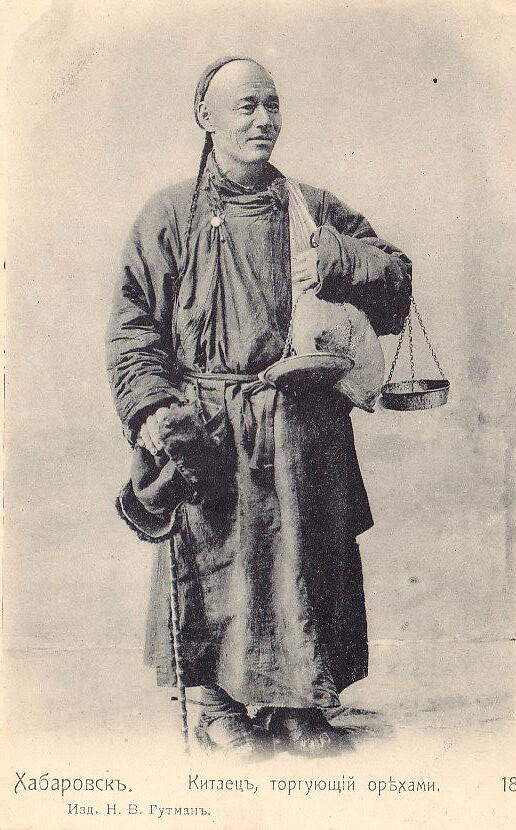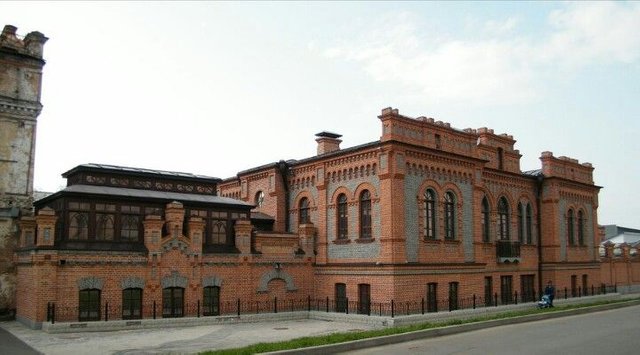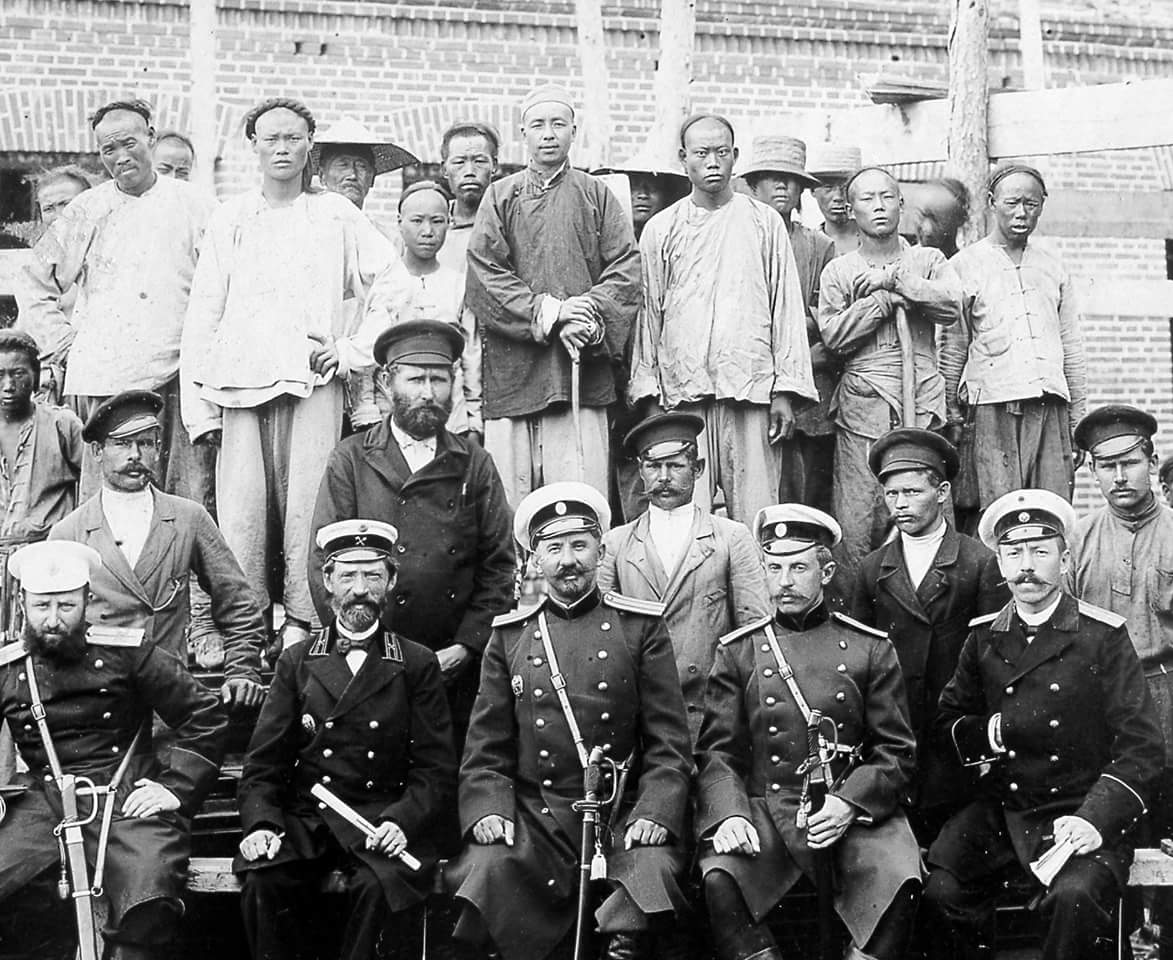Chinese on the Russian Far East (part 2)
In the 1860s, Chinese migration to the Russian Far East was mainly temporary and seasonal, but the flow of migrants increased steadily over time. The frontier was still open, and the lack of controls or patrolling by the military contributed considerably to the migration of Chinese to Russia and to the setting up of the first migration networks.

(Chinese man selling nuts Khabarovsk end of the 19th century)
At the time, the Russian government was very interested in the rapid development of the region, and encouraged the arrival of people from neighbouring countries. The Russian local authorities considered them pioneers, and therefore gave them permission to live on Russian soil and to buy arable land, with a 20-year tax exemption.
One such rightfully can be considered a former citizen of China - Xi Fengtai - or in russian - Nikolai Tifontai - who accepted Russian citizenship, he helped the Muravyov-Amurskiy to mark border points on the Amur River in the vicinity of the city of Khabarovsk.

(The restored building of the Nikolai Tifontai's merchant's office in Khabarovsk.)
Tax exemption policy lasted until the end of the 1880s. By then the rapid growth of the Chinese population in the region had begun to seriously worry the Russian government, which feared that China might one day be able to annex certain territories in the Russian Far East on the pretext that they were mainly inhabited by Chinese. In order to reduce the numbers of migrants, the government prohibited them from settling in the districts on the border with China, and a system of residency permits was established for them.
A lot of Chinese people worked for the construction of civilian and military buildings, since the local able-bodied male population on these lands of the Russian Empire was sorely lacking.

(The group of Chinese builders photographed together with the Russian army officers during construction of the "Arsenal" factory, late 19th century,Khabarovsk)
However, the local Russian government, which was still underdeveloped, did not have sufficient resources to control the economic activities and life of the Chinese migrants in this new province. Illicit trade prospered, as did illegal industries exploiting the natural resources in which many Chinese worked: hunting, fishing,mining, and forestry.
(to be continued)
This post has received a 2.00 % upvote from @aksdwi thanks to: @fareast-history.
You got a 1.35% upvote from @mercurybot courtesy of @fareast-history!
You got a 2.70% upvote from @upyou thanks to @fareast-history!
This post has received a 0.29 % upvote from @booster thanks to: @fareast-history.
@originalworks